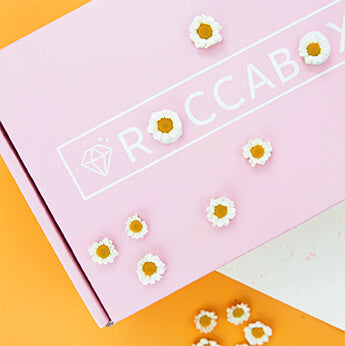Uncovering The Facts About Vegan Beauty

Veganism is seeing a huge surge in popularity, backed by A-listers and big brands alike. Encouraged by the environmental, health and ethical benefits of a vegan lifestyle, more of us than ever are taking steps to go cruelty-free. Vegan products are becoming more accessible across the food and beauty industry, supporting increased demand and providing alternatives for those adopting the ‘flexitarian’ lifestyle.
Going green can seem like a huge overhaul, so we’ve cut through the BS and brought you the facts about vegan beauty. Whether you’re simply extending Veganuary, or want to go plant based once and for all, we’ve got the key:

Vegan doesn’t always equal good for you
A lot of beauty products fall into the ‘accidentally vegan’ category - don’t confuse this with plant based, natural or organic. After all, Lotus Spread is vegan, but unfortunately that doesn’t make it good for you (it still won’t stop me eating it straight out the jar with a spoon). Whether a product is vegan or not, always double check the label and avoid any nasty chemicals and alcohols. It seems like a pain, but you’ve only got one face - so look after it!
Cruelty free and vegan aren’t the same thing (but they both matter)
A vegan product simply means it doesn’t contain any ingredients derived from animals, which in beauty generally means honey, lanolin, silk or gelatin. Cruelty free means the product hasn’t been tested on animals at any point in its production. Nowadays, there are a million and one fantastic vegan and cruelty free alternatives to every animal ingredient you can find on the makeup counter - so do your research and make sure you’re comfortable using the products on your shelf.
Look out for the bunny
One quick way to check if your products are cruelty free and vegan is to look for the bunny. The pink eared bunny will come with a label stating if the product is cruelty free or cruelty free and vegan, and the leaping bunny confirms that a companies products and their suppliers are completely free of animal testing.
Get the apps
Apps like Vegan Pocket take all the drama out of purging your cupboards of animal products - simply scan the barcode, and it will tell you if the product is vegan and cruelty free. Cruelty-Free also run their own app, which is regularly updated and allows you to create lists of your favourite products. If you want to try a plant based diet to match, download Vanilla Bean - it’s perfect for finding vegan friendly restaurants on the go.
Look up your ingredients
Animal products won’t always be listed under names you’ll recognise them by, so it’s important to know your labels. We’ve rounded up some of the more common non-vegan ingredients to keep an eye for, but if you’re unsure, always double check.
Guanine is derived from fish scales, and is used to add shimmer to beauty products like nail polish.
Carmine is one of the most common non-vegan products used in cosmetics, and is the red colour taken from crushed insects.
Squalene is found in shark liver oil and often used in serums and moisturisers, but there are now tonnes of amazing vegan alternatives made from vegetable oil.
Collagen in skincare is often taken from marine or bovine sources, but an equally effective plant based alternative can be made from yeast and modified plants.
‘Cruelty-free’ Mink Lashes are marketed as such as the hairs are brushed from ‘free-range’ mink. However, mink are aggressive, solitary animals that cannot be kept humanely in captivity. Always look for synthetic lashes, brush fibres and packaging - animal products can sneak into your bag through your tools, not just your products.
Beeswax can often be found in mascaras and lip balms.
Want to dip your toes into the world of Vegan Beauty? Our April Roccabox is filled with 5 full sized Vegan and Cruelty Free products. Get it here.
